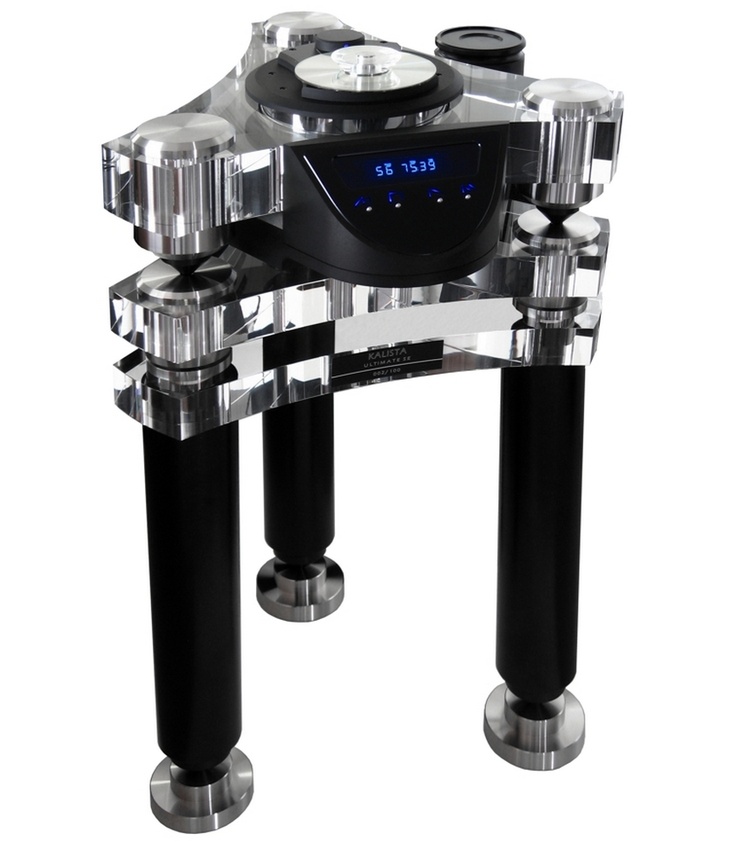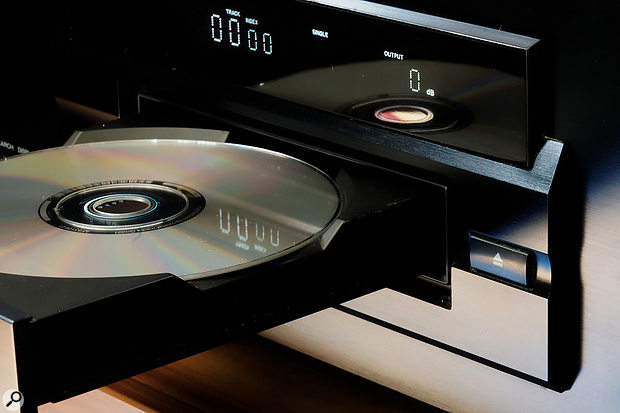marvin1882
Banned
How much of this design do you think improves 'timing', and how much of it do you think is there to look good?

...and what makes it technically better than, say: http://www.tentlabsshop.com/DetailServlet?detailID=3248
It looks terrible in my opinion. I would be embarrassed to have it anywhere near my system. Pretentious in the extreme.


